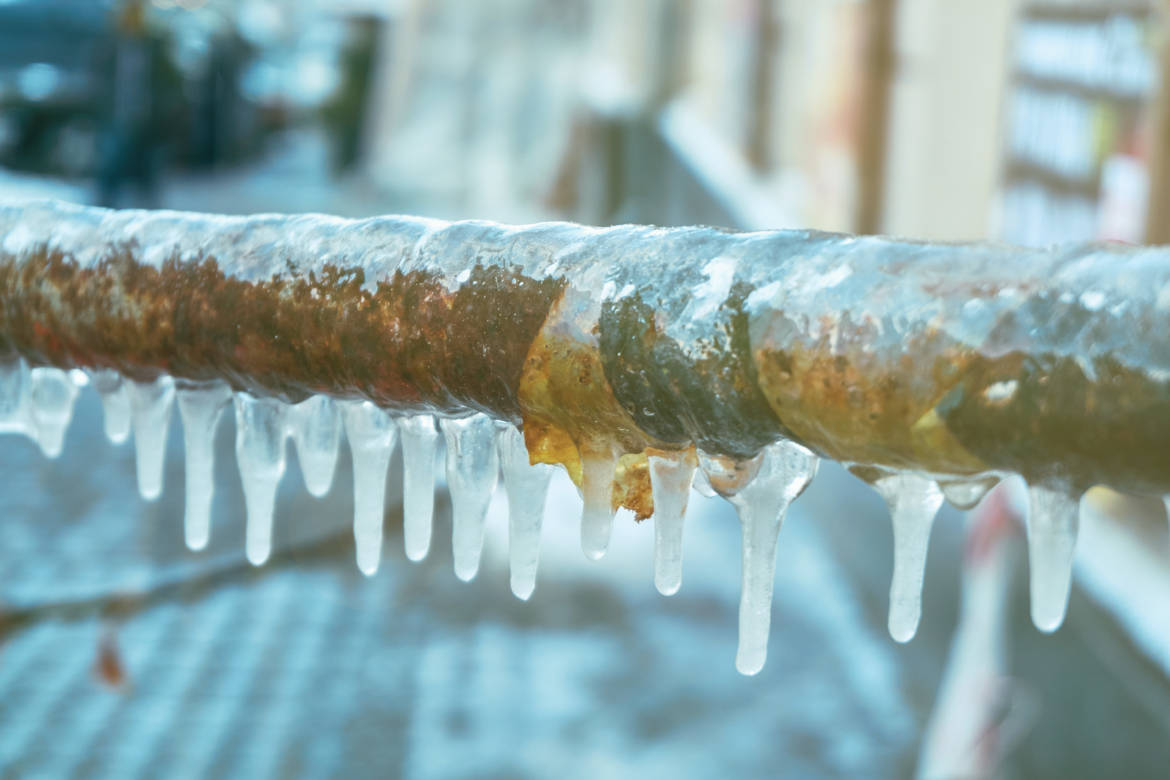Key Methods for Preventing Frozen Pipes in Winter
Key Methods for Preventing Frozen Pipes in Winter
Blog Article
What're your beliefs on 6 Ways to Prevent Frozen Pipes?

Winter can ruin your pipes, especially by freezing pipelines. Below's just how to stop it from taking place and what to do if it does.
Intro
As temperatures drop, the danger of icy pipelines boosts, possibly bring about pricey repair services and water damages. Recognizing just how to prevent icy pipes is critical for home owners in cool environments.
Prevention Tips
Insulating at risk pipelines
Wrap pipelines in insulation sleeves or make use of warmth tape to safeguard them from freezing temperature levels. Focus on pipelines in unheated or external areas of the home.
Home heating techniques
Maintain interior spaces sufficiently heated, specifically areas with pipes. Open closet doors to allow cozy air to circulate around pipelines under sinks.
How to determine icy pipes
Try to find lowered water flow from faucets, unusual smells or noises from pipes, and visible frost on subjected pipes.
Long-Term Solutions
Structural adjustments
Take into consideration rerouting pipes away from exterior wall surfaces or unheated areas. Add added insulation to attic rooms, cellars, and crawl spaces.
Updating insulation
Buy top quality insulation for pipes, attics, and wall surfaces. Correct insulation aids maintain consistent temperatures and decreases the danger of frozen pipes.
Safeguarding Outdoor Pipes
Yard pipes and outside faucets
Disconnect and drain pipes yard tubes prior to wintertime. Mount frost-proof faucets or cover outside faucets with shielded caps.
Comprehending Icy Pipes
What triggers pipes to ice up?
Pipelines freeze when subjected to temperatures below 32 ° F (0 ° C) for extended periods. As water inside the pipes ices up, it broadens, putting pressure on the pipe wall surfaces and potentially causing them to break.
Threats and damages
Frozen pipelines can bring about water supply disturbances, building damages, and expensive repair work. Burst pipelines can flooding homes and cause considerable structural damage.
Indicators of Frozen Pipeline
Identifying frozen pipes early can avoid them from rupturing.
What to Do If Your Pipes Freeze
Immediate actions to take
If you think frozen pipes, keep taps open up to alleviate pressure as the ice melts. Use a hairdryer or towels soaked in warm water to thaw pipes slowly.
Verdict
Protecting against frozen pipes calls for positive measures and fast actions. By understanding the reasons, signs, and preventive measures, homeowners can secure their pipes during winter.
5 Ways to Prevent Frozen Pipes
Drain Outdoor Faucets and Disconnect Hoses
First, close the shut-off valve that controls the flow of water in the pipe to your outdoor faucet. Then, head outside to disconnect and drain your hose and open the outdoor faucet to allow the water to completely drain out of the line. Turn off the faucet when done. Finally, head back to the shut-off valve and drain the remaining water inside the pipe into a bucket or container. Additionally, if you have a home irrigation system, you should consider hiring an expert to clear the system of water each year.
Insulate Pipes
One of the best and most cost-effective methods for preventing frozen water pipes is to wrap your pipes with insulation. This is especially important for areas in your home that aren’t exposed to heat, such as an attic. We suggest using foam sleeves, which can typically be found at your local hardware store.
Keep Heat Running at 65
Your pipes are located inside your walls, and the temperature there is much colder than the rest of the house. To prevent your pipes from freezing, The Insurance Information Institute suggests that you keep your home heated to at least 65 degrees, even when traveling. You may want to invest in smart devices that can keep an eye on the temperature in your home while you’re away.
Leave Water Dripping
Moving water — even a small trickle — can prevent ice from forming inside your pipes. When freezing temps are imminent, start a drip of water from all faucets that serve exposed pipes. Leaving a few faucets running will also help relieve pressure inside the pipes and help prevent a rupture if the water inside freezes.
Open Cupboard Doors
Warm your kitchen and bathroom pipes by opening cupboards and vanities. You should also leave your interior doors ajar to help warm air circulate evenly throughout your home.

Do you really like more info about Helpful Tips to Prevent Frozen Pipes this Winter? Create feedback below. We will be happy to see your opinions about this post. We hope that you come back again in the future. Liked our blog entry? Please quickly share it. Help another person locate it. Thanks for your time invested reading it.
Free Estimate Report this page